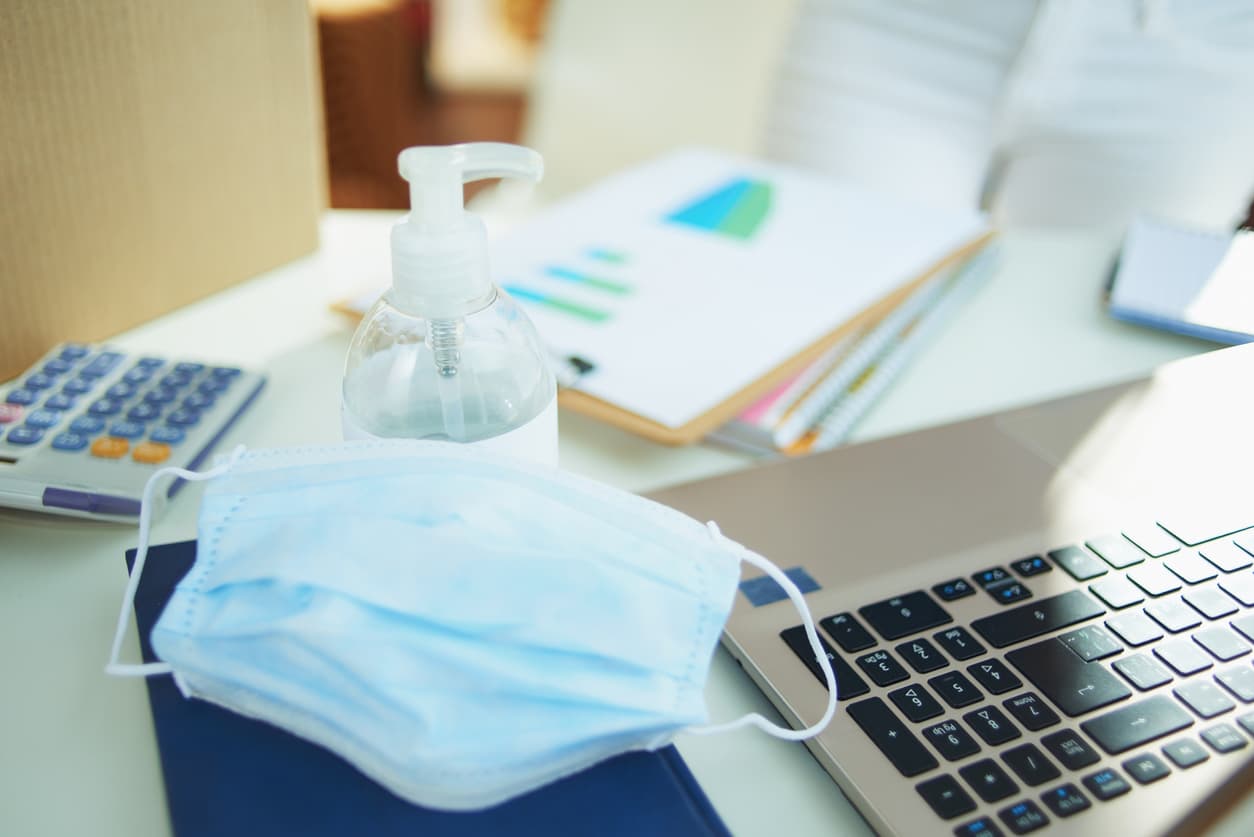
Written by
Lauren Brown
Lauren is an aPHR®-certified member of the Marketing team at Bernard Health. She writes about healthcare insights, employment law, and HR solutions.
Reduced Quarantine Guidelines: What Employers Should Know

Earlier this month, the Centers for Disease Control and Prevention (CDC) released reduced guidelines for how long people should quarantine depending on the situation. Read on for more details about the CDC’s updates and how the news impacts employers and their workforces.
Defined: The Difference Between Quarantine and Isolation
Sometimes the terms quarantine and isolation are used interchangeably—which is incorrect. It’s important to distinguish between the two in order to communicate clearly with your employees and avoid confusion.
According to the CDC, quarantining refers to keeping someone who may have been exposed to COVID-19 away from others. Isolating, on the other hand, refers to keeping someone who is infected with the virus away from others, even at their residence.
When communicating policies and guidelines with your workforce, be sure to define the two protocols and use the terms correctly.
What are the New Guidelines?
The Centers for Disease Control and Prevention (CDC) updated their guidelines for the recommended time that an individual should quarantine after coming into close contact with someone who has tested positive for COVID-19. Close contact ultimately means that an individual was within six feet of someone who is infected with COVID-19 for a total of 15 minutes or more.
The previous rule of thumb for the quarantine period was 14 days, but the CDC recently said that options for reducing quarantine—pending local health guidelines—include the following:
- Individual may stop quarantine after day 10 without testing, without symptoms
- Individual may stop quarantine after day 7 after receiving a negative test result (test must occur on day 5 or later)
After ending quarantine, the CDC recommends that individuals should continue to monitor symptoms, wear a mask, and immediately self-isolate and contact your health provider if symptoms do occur.
What Does this Mean for Employers?
The safest option for employees is to work remotely, but that’s not always possible for every company. If your employees don’t work remotely, the new quarantine guidelines should help reduce the amount of time that employees have to miss work.
It’s important to keep your employees updated so that they know what’s expected in the event of a COVID-19 exposure. Have a communication plan in place and keep this template handy in order to help employees stay informed of office exposures and the new CDC guidelines, especially if your office is not operating remotely.
Taking precautions at the workplace is still paramount to keeping your workforce healthy. If teleworking isn’t an option, follow CDC guidelines for sanitation procedures, wearing masks, and working at a distance.

Written by
Lauren Brown
Lauren is an aPHR®-certified member of the Marketing team at Bernard Health. She writes about healthcare insights, employment law, and HR solutions.
Related Posts
We just wrapped up another phenomenal Weekdays with Bernie (WWB) Conference!
Employees are the heart and soul of an organization, and valuing their opinions can have...
HR parties of one already have an abundance of tasks to keep up with. From hiring to...
The talent search is no longer a skirmish or a battle. It’s a WAR! As a strategic HR...







Submit a Comment